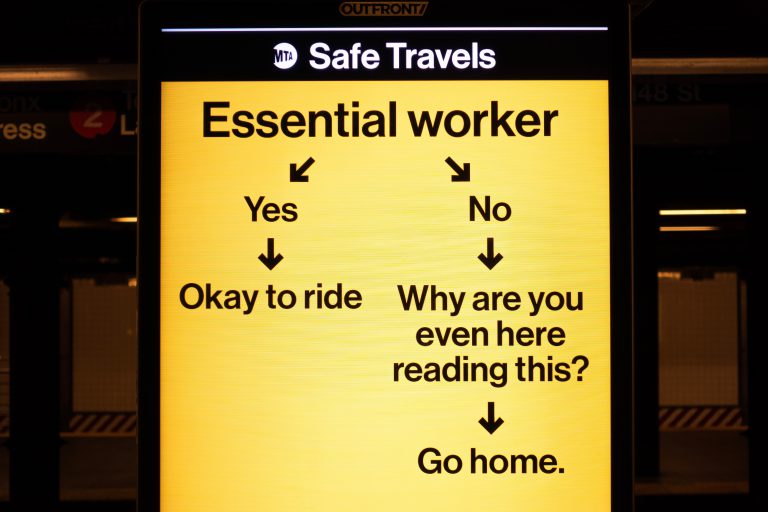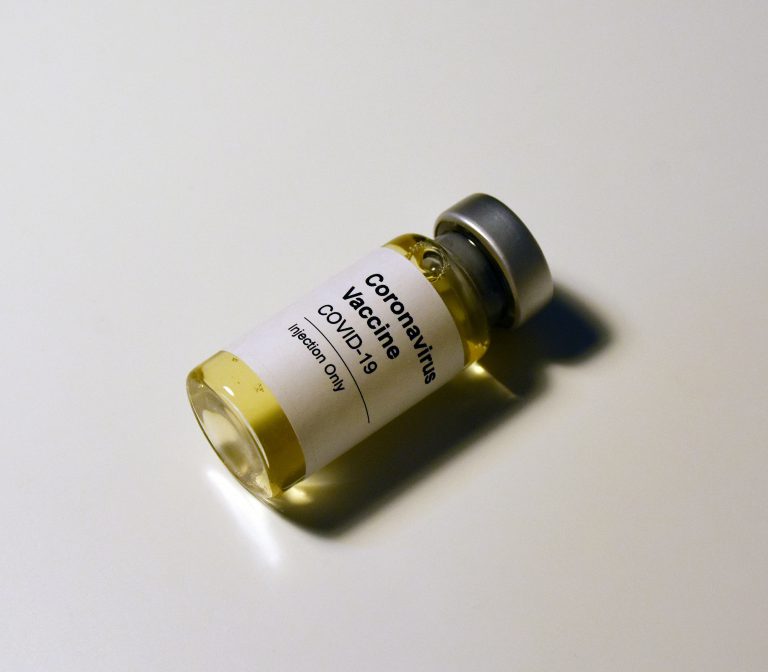The daily news brings updates of the rapid developments surrounding Coronavirus-19. Commonly referred to as COVID-19, the virus continues to spread to more countries, and has now infected more than 126,000 people all over the world. With the influx of reports and research on the virus, there has also been much misinformation in the form of fake news and posts.
Some of these myths are illogical, but others are dangerous and can put people’s lives at risk. It is necessary to break these misconceptions and inform the public about the facts of this virus.
- MYTH: Catching COVID-19 is always fatal
While there indeed have been more than 4,600 deaths since the virus started spreading, a person who contracts COVID-19 does not have a death sentence. The mortality rate is around 1% to 3%, but observing proper incubation controls will help the majority of the infected survive the virus.
It is important to note, though, that the elderly and those with existing chronic illnesses are most at risk for COVID-19. The virus manifests severely in these demographics, and the progression is much faster than what can be observed in a patient of tuberculosis or the seasonal flu. While it is a misconception that people who have coronavirus will surely die, vulnerable groups should be protected from contracting it.
- MYTH: Face masks and alcohol offer 100% protection
These are merely measures that help prevent the spread of droplets that can carry the virus, but they are not antivirals and are not completely efficient against the disease. Keep in mind that face masks are not impermeable. If worn incorrectly, droplets can still get into the mouth and nose. It is not enough to wear a face mask because one should ensure it is properly fitted to cover the nose and mouth.
The alcohol cleanses and disinfects a surface, but it is not the most effective way of disrupting the replication of the virus. Other than preventive isolation, frequent and proper handwashing is the most effective way of protecting oneself from COVID-19.
This is because the lipid outer layer of the virus dissolves in soap. Wash thoroughly for at least 20 seconds, and cover all surfaces of your hands, including between the fingers, under fingernails, and behind the palms.
- MYTH: Children are immune from coronavirus
Though children have shown fewer symptoms and recover quickly when infected, this does not mean they are immune from the sickness. Children are as likely to contract COVID-19, but because they are asymptomatic, they might present as normal.
This is problematic, especially for communities where children and older people live together. Children might have no symptoms but might pass on the virus to the elderly, who are the most at risk from severe infections of COVID-19.
- MYTH: The virus is just a superbug
A patient with COVID-19 has flu-like symptoms, but it is far more serious than the seasonal flu. For one, it spreads more rapidly; nearly 1 in 4 people in contact with an infected person will contract the virus, which makes it highly contagious.
More people infected means resources at health facilities will be strained, which can lead to a higher mortality rate. Though its effects look like the common cold at first, COVID-19 quickly progresses to a condition that looks more like pneumonia and becomes even more severe in older patients. Since this is a new disease, researchers are still working on gaining a better understanding of its profile.
Conclusion
The spread of what might become a global pandemic is definitely a cause for concern. However, sharing the wrong information will only hurt people in the long run. Finding the best, most accurate news sources is essential in a situation like this. Going to trusted, reliable news outlets will help ease any concerns and separate fact from fiction so that you remain well-informed.
For more health news and developments in the medical field, read Dose of Healthcare.
















